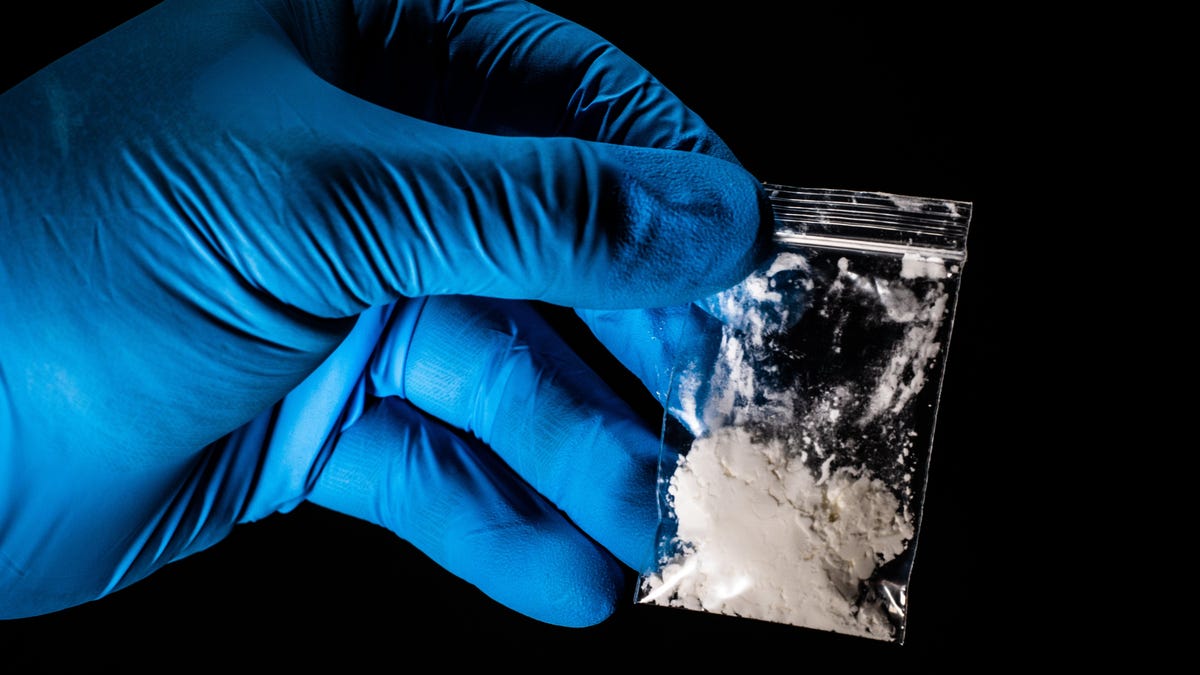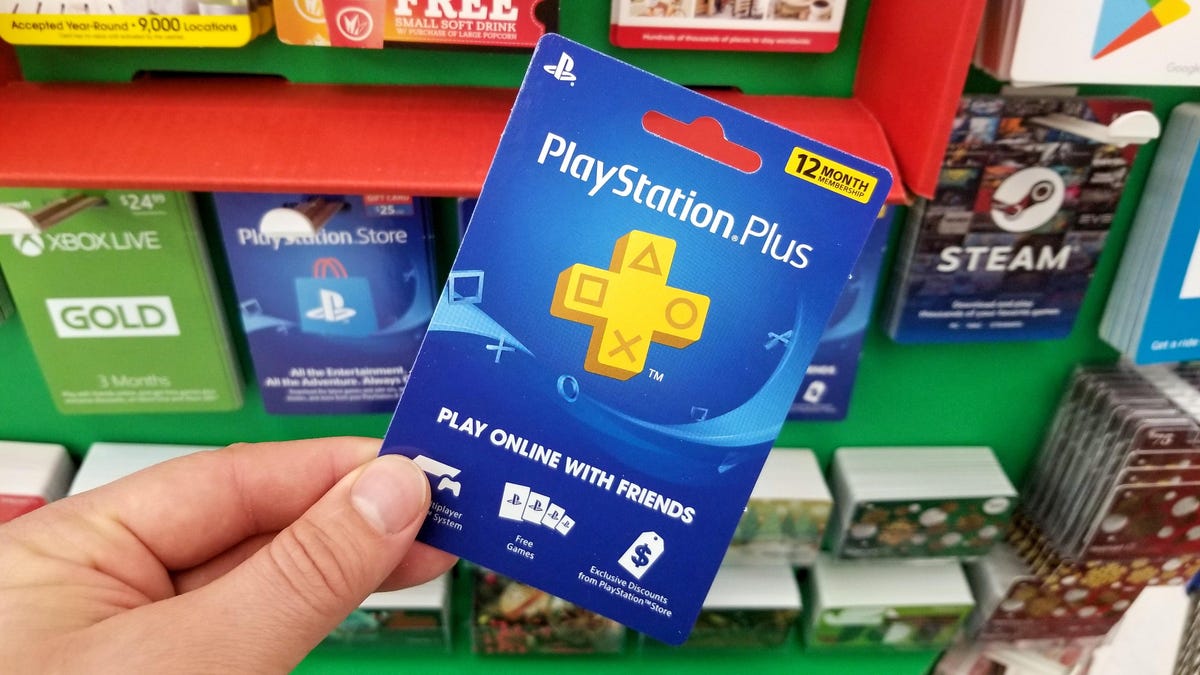What People Are Getting Wrong This Week: Fentanyl
Headlines about fentanyl are shocking. Drug overdose deaths in the U.S. increased 58% between 2019 and 2021 at least partly due to the influx of this super-charged synthetic narcotic into the nation’s illicit drug supply. As little as two...

Headlines about fentanyl are shocking. Drug overdose deaths in the U.S. increased 58% between 2019 and 2021 at least partly due to the influx of this super-charged synthetic narcotic into the nation’s illicit drug supply. As little as two milligrams of fentanyl can cause an overdose, an amount of powder that could fit on the point of a pencil.
Some of the most frightening reports about the drug involve accidental overdoses—people who happen to touch some of the powder and instantly fall out. Fentanyl is definitively a potent drug—it’s said to be 50 to 100 times more powerful than morphine—but it’s not magic. Despite reports to the contrary from law enforcement officers, local news stations, and Facebook posts, fentanyl overdoses from incidental contact with skin are extremely unlikely. You almost definitely can’t “catch” a fentanyl overdose from picking up a contaminated dollar bill, touching the handle of a shopping cart, or from inhaling the powder accidentally.
“This has never happened,” Dr. Ryan Marino, a toxicologist and emergency room physician who studies addiction at Case Western Reserve University told NPR. “There has never been an overdose through skin contact or accidentally inhaling fentanyl.”
Panic over fentanyl overdoses isn’t just annoying, though. It’s potentially deadly—unfounded beliefs about the drug may be causing first responders to hesitate to provide care for users.
Fentanyl doesn’t enter the body easily
Some of the mistaken beliefs about fent may come from how it’s often delivered medically. Fentanyl commonly comes in patches designed to release the drug over time, but that doesn’t mean it’s easily absorbed through the skin. Fentanyl patches are made with other agents that allow the drug to be delivered—they wouldn’t work otherwise. This is why you don’t see drug addicts rubbing themselves with white powder to get high.
Smoking fentanyl is one of the main way abusers of the drug partake, but experts say breathing second-hand smoke from a user is very low risk. “There’s no real risk for the everyday person being exposed to secondhand opioid smoke,” writes Scott Phillips, a medical toxicologist and the medical director of the Washington Poison Center. “When someone smokes fentanyl, most of the drug has been filtered out by the user before there is secondhand smoke.”
The same applies to powered fentanyl in the air. Fentanyl doesn’t “go airborne” ordinarily, so unless you’re trapped in a wind-tunnel filled with fentanyl, the odds of accidentally inhaling it are all but non-existent. “The idea of it hanging in the air and getting breathed in is highly highly implausible—it’s nearly impossible,” Brandon Del Pozo, a former police chief who studies addiction and drug policy at Brown University told NPR.
So where are all these reports coming from?
If incidental exposure to fentanyl poses such a small risk, why are there so many reports of police officers, bus drivers, and regular people having immediate adverse reactions to what they believe is fent? It’s probably fear. Many people who suspect they’ve been accidentally exposed to fentanyl report symptoms that are suspiciously similar to the symptoms of panic attacks. Given the mixed messages about the drug, panic is an understandable reaction to believing you’ve been exposed.
The real dangers from fentanyl panic
The climate of hysteria around this drug can result in hesitation to touching or treating a person who is overdosing, and that means a longer response time and a greater likelihood of death. There aren’t really statistics for hesitation when treating drugs addicts, but it’s enough of a potential problem that programs are in place to educate first-responders to the actual dangers they face from it. Regular citizens, though, are more likely to be misinformed, so it’s important to know that danger from administering anti-overdose medication Narcan, performing CPR, or otherwise touching someone overdosing on fentanyl is extremely unlikely to pose any health risk.
How do accidental fentanyl overdoses really occur?
The people who are in the most danger from overdosing on fentanyl accidentally aren’t police or paramedics; they’re drug users. Fentanyl is often mislabeled by dealers, and even if it’s being sold as fent instead of a “tamer” opiate like heroin, getting the dosage of such a powerful drug correct can be difficult, and even a small mistake can lead to death. Even if buying from an “honest” dealer, a small amount of fent could accidentally be mixed with another substance—it’s not like quality control is tight among illicit drug manufacturers.
Another demographic that has a lot to fear from accidental fentanyl is children. Despite the reports of the DEA, drug dealer are almost certainly not creating fent that looks like candy, but reports of children accidentally overdosing after being exposed to a used patch or eating pills carelessly left strew around are depressingly common and all too real.

 AbJimroe
AbJimroe 
































